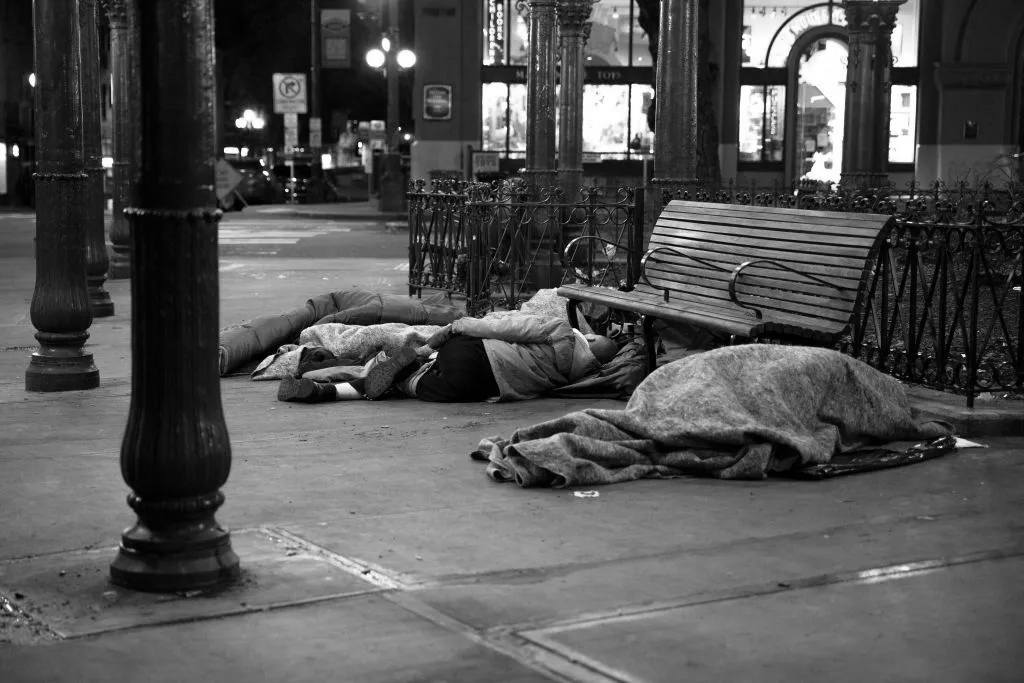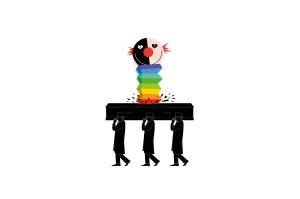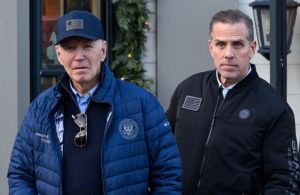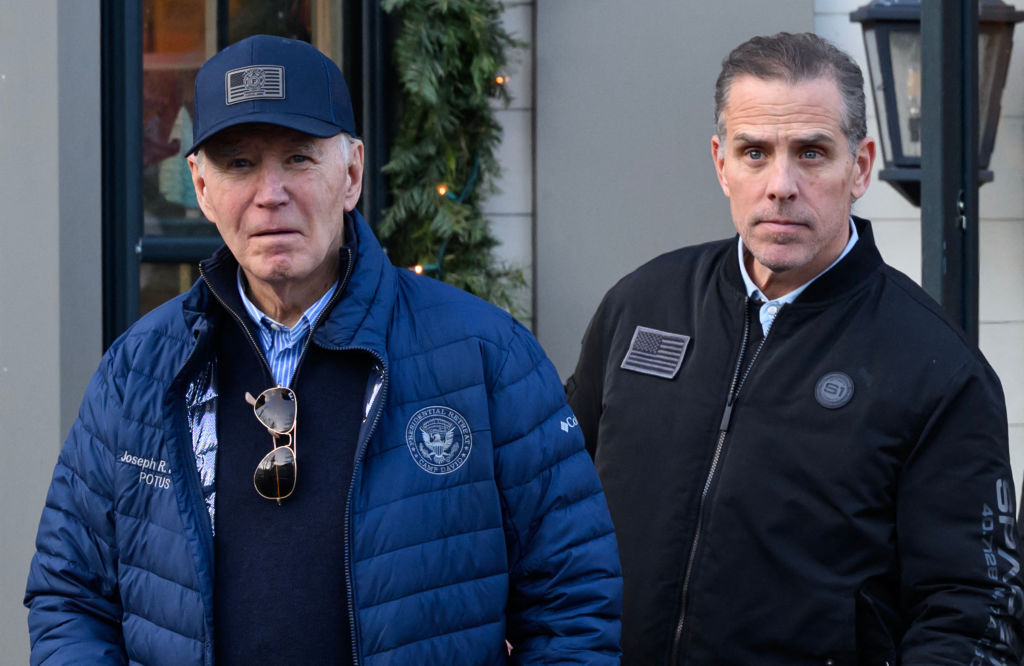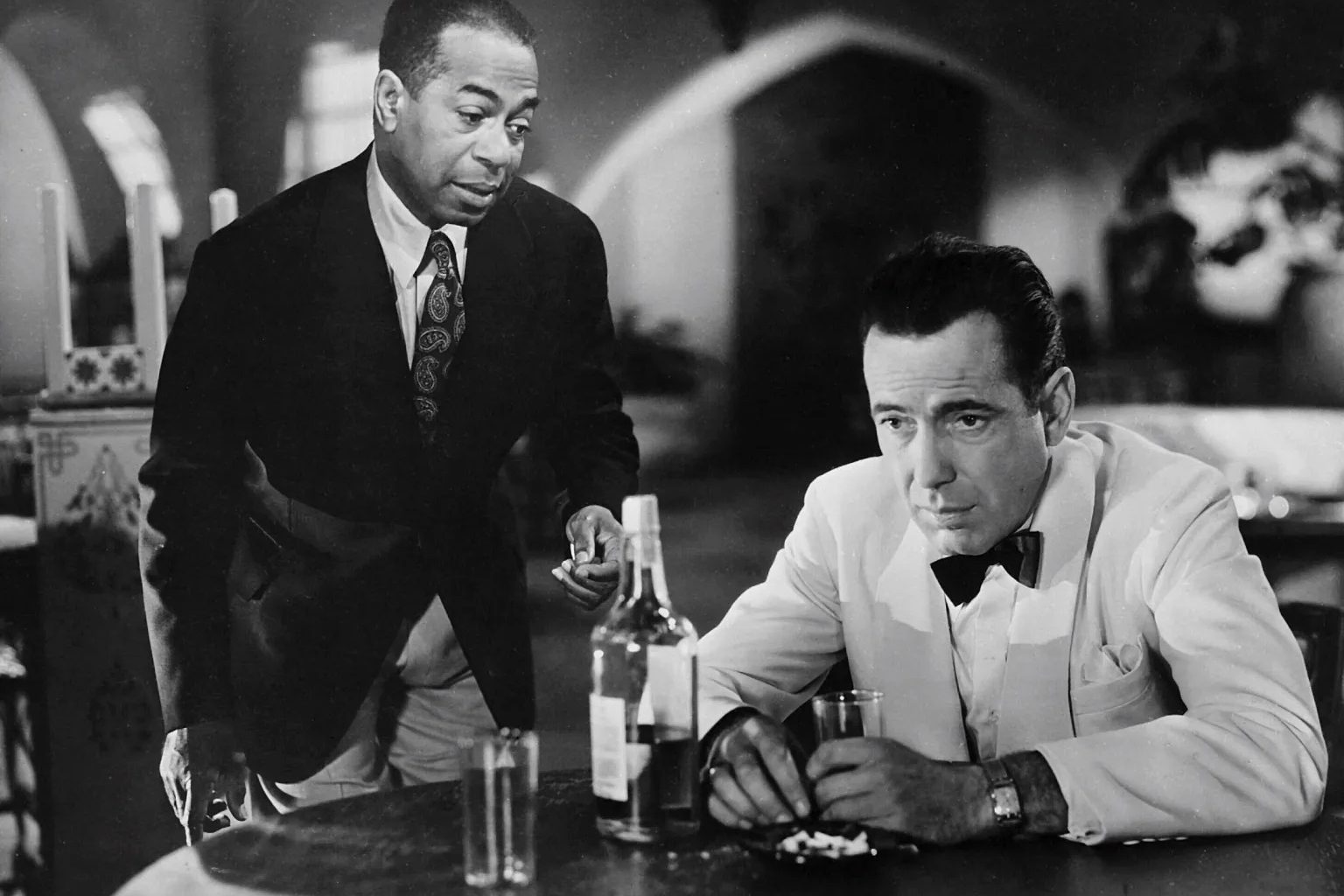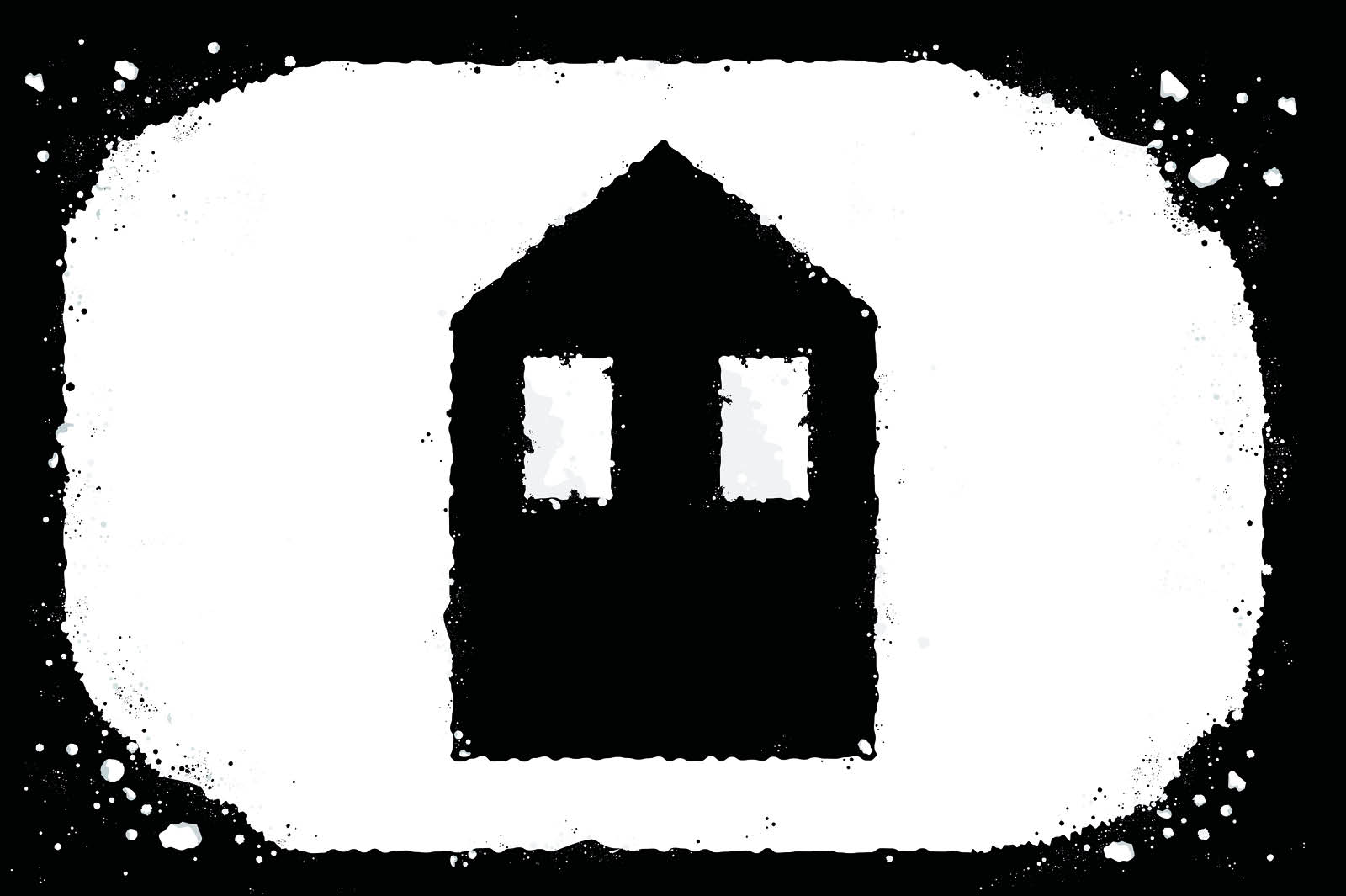I stood across the street from Seattle’s City Hall, next to a long line of tents. There were more than fifteen of them, no more than a few feet apart. In between the tents, furniture and trash was piled high. The encampment took up the entire sidewalk, forcing pedestrians to walk in the street and triggering nonstop honking from passing cars. In a parking lot on the corner, people from a local mutual aid group stood at a booth, handing out food and water. They had signs making clear their views: “Stop the Sweeps,” “You sweep we strike,” “Fuck Capitalism,” “Equity now!” and “Smash Fascism.”
This particular aid group were self-identified anarchists. I recognized one of the members, who had contacted my family a few months ago because he was unhappy with an article I had written criticizing the decriminalization of drugs. Nearly every tent carried one of the messages the anarchists had on their signs, shirts, buttons, posters and bumper stickers. A few homeless people told me that the group had spray-painted the slogans on the tents, and that they’d felt like they had no choice but to go along because the anarchists had provided the tents. One admitted it was best to let them do it because opposing them could get the homeless folks banned from the area.
At the other end of the block, I met a homeless man named Joe. In his early forties and wearing a Seattle Mariners cap, two jackets and flip-flops, Joe had a brand new tent without any messages painted on it. I sat down on an old white bucket and he stayed sitting in his tent, smoking a cigarette. I asked him what had led him to the streets. After a long pause, a smile, a shake of his head and a smack of his leg, he opened up.
He got divorced six months ago. That was the beginning of the end for him, he said. His drinking was the leading cause of his world being turned upside-down — the divorce led to a deep depression which led to more drinking. He ended up losing his job at Whole Foods after weeks of calling in sick and poor job performance. Joe eventually lost his new apartment and then spent a few months sleeping on the couches of family members.
He eventually ended up in a motel and after eleven days he was completely out of money. On his last day he was terrified of leaving and stayed several hours after his checkout time contemplating suicide. The police were called and within an hour he was standing on the sidewalk, homeless for the first time in his life. While staying in the motel, he had called various social-service providers, but did not get any calls back before he was on the streets.
I asked Joe why he had nothing painted on his tent. He said he felt like that would be using him as “propaganda”; he made clear he wanted nothing to do with the anarchist group. I asked him if he had encountered any trained professionals and he mentioned one outreach team he sees regularly. They are called REACH, funded by the fifty-year-old Evergreen Treatment Services, with three Washington clinics offering recovery services, counseling, naturopathic care and outreach to find homeless adults with addiction issues. He sees the REACH team regularly where he camps. Most of the time they have walked by him, he said; they seemed to be prioritizing certain people he assumed were in greater need.
After a few weeks of being ignored, he said he became more assertive and asked for help. He was offered “harm reduction” supplies, including Narcan, fentanyl test strips, condoms and crack pipes. Joe asked about how to get into treatment for his drinking and then into housing. “We’ll look into it,” said one worker. A week passed and he asked again and got the same answer. That same outreach worker then stopped making eye contact with him and just walked past him without saying a word.
Joe said he felt defeated and stopped asking for help. As the weeks went by, he noticed certain homeless people seemed to be prioritized more than others. One was a man named Ray who had moved to Seattle from Tacoma. They camped next to each other for a few days and told each other their stories. Ray had been homeless for much longer than Joe and told him he came to Seattle because he heard they leave people alone. He used fentanyl heavily so while they remained friendly, Joe did not get close. Within a couple of days REACH found him and within three he was moved indoors.
A few days later Joe saw Ray, who said he had indeed been given an apartment, but had sublet it and returned to the streets, with the $20 a day rent helping him buy drugs.
After a while Joe noticed something he’d missed: he concluded that the biggest barrier to his receiving help was not his addiction issues, money or depression. His biggest barrier, he started to realize, was one he’d never expected: the fact that he’s white.
Ray and every other person Joe saw getting help was black. Outreach programs in progressive cities have been heavily influenced by “anti-racist” ideology in recent years, with decisions increasingly being made through the lens of “equity.” This approach prioritizes individuals from underserved and marginalized groups because it’s predicated on the assumption that other groups, however unfortunate an individual might be, have at least some privilege and access to sympathy and assistance. It’s not hard to see how the logic of this lens would affect outreach work, inclining providers to explicitly seek out people of certain races to help them first.
“We definitely prioritized indigenous, black and any other race than white in our programs,” one former employee of a major Seattle homeless program told me. He said that often homeless people from those races were hard to find, meaning that beds remained open.
At one center, the Downtown Emergency Service Center, white employees were called “WARPs,” “white anti-racist planners.” While there are some snappy anagrams for other groups, this one has connotations. A former employee said he was uncomfortable being thought of as a “WARP.” He said other staff jokingly call some of the white employees “WARPs” and that they had to laugh it off. “We knew our place and stayed in it,” he said. DESC denies prioritizing people based on race. But the ideological starting point of their work is clear when you visit their website’s “Who we serve” page: “We choose to work with the most marginalized and most vulnerable people first, not the most cooperative.” (Further down the page is a link to the organization’s land acknowledgment.)
I spoke to a residential advocate who works for a Seattle housing program; he told me they technically are not allowed to prioritize people based on race, but that it nonetheless happens via closed-door discussions and public winks and nods.
After discovering Joe had come up short in his search for accommodation, I called a provider on his behalf. I told them I knew a motivated person in need. They did not ask me what the color of his skin was, but did ask me to describe him. I said he was a male in his forties with dark hair, wearing a green baseball hat and blue shorts. The person on the other end went silent for a moment and then said they would send someone out. Thirty minutes later two outreach workers pulled up at Joe’s tent. Joe says the workers looked at him, said something to each other and drove off.
In 2022, a multimillion-dollar, eighty-unit residential building opened in Seattle for unhoused indigenous people. The Chief Seattle Club, which manages the new building, praised the opening: “Despite making up only 1 percent of King County’s population, American Indians and Alaskan Natives make up 32 percent of its chronically homeless population,” reads a statement. This was a wildly inaccurate and exaggerated number: over the past two years I’ve done regular outreach in Seattle and have been to every major homeless encampment in the entire county. I have met or seen most of its homeless population, and I can confidently say the figure of American Indians and Alaskan Natives is nowhere near 32 percent. Not one local leader, elected official, outreach worker or citizen appears to have challenged this assertion, apparently out of fear of reprisal. I did, though, receive private text messages from local leaders that expressed frustration but admitted they could not say anything.
The so-called equity lens ultimately serves as nothing but an unhelpful distraction from the urgent task of helping America’s homeless population. The only criteria in determining who to place should solely be based on the person’s motivation, readiness to change and vulnerability. Anti-racist dogma is delaying the efforts of good people who want to end a humanitarian crisis. When I meet a homeless person for the first time, I do not care what he or she looks like. My goal is to assess them and determine what exact level of care they need and then gauge their willingness to participate in their own recovery. Thanks to the equity lens, homeless people desperate to get off the streets are being denied that opportunity.
This article was originally published in The Spectator’s September 2023 World edition.



